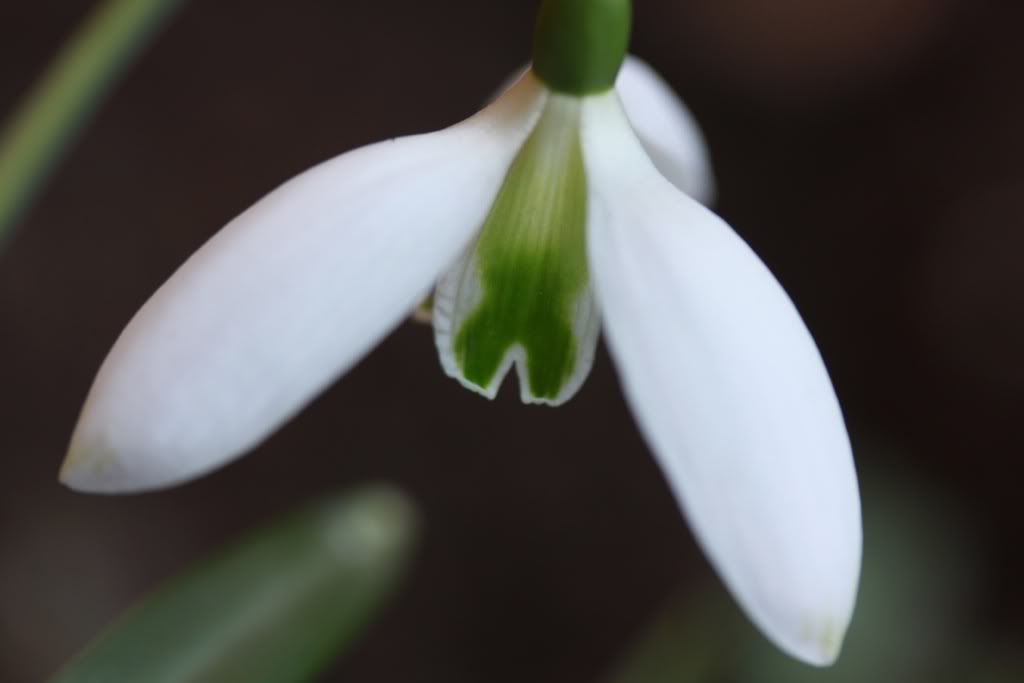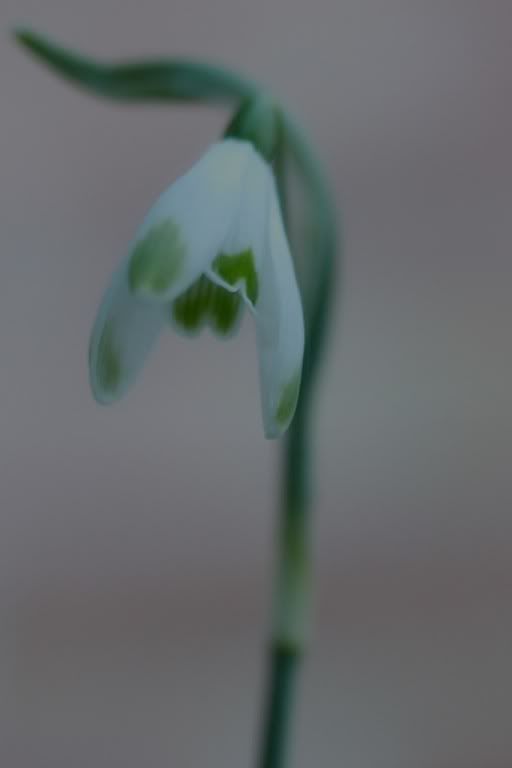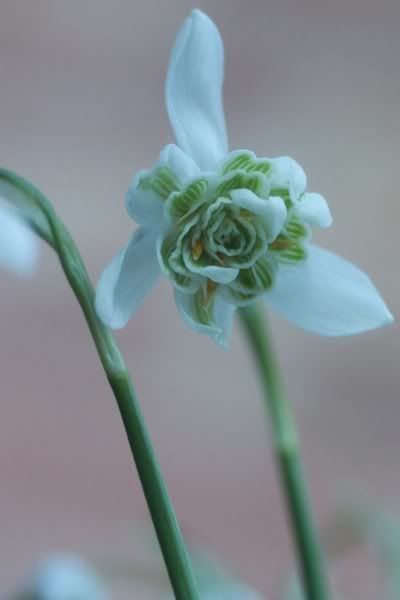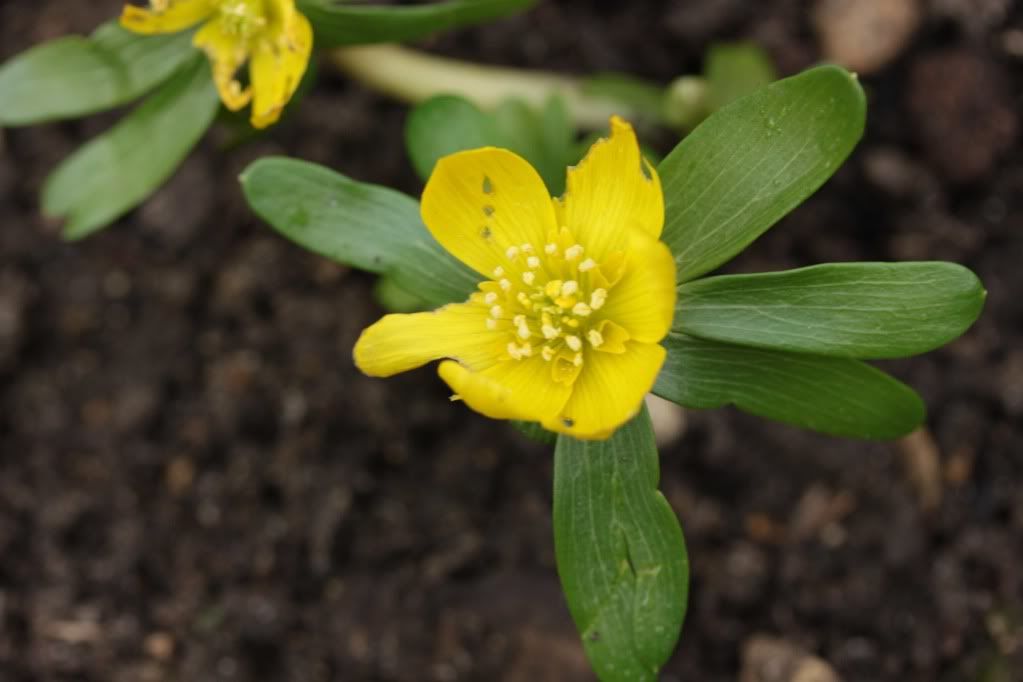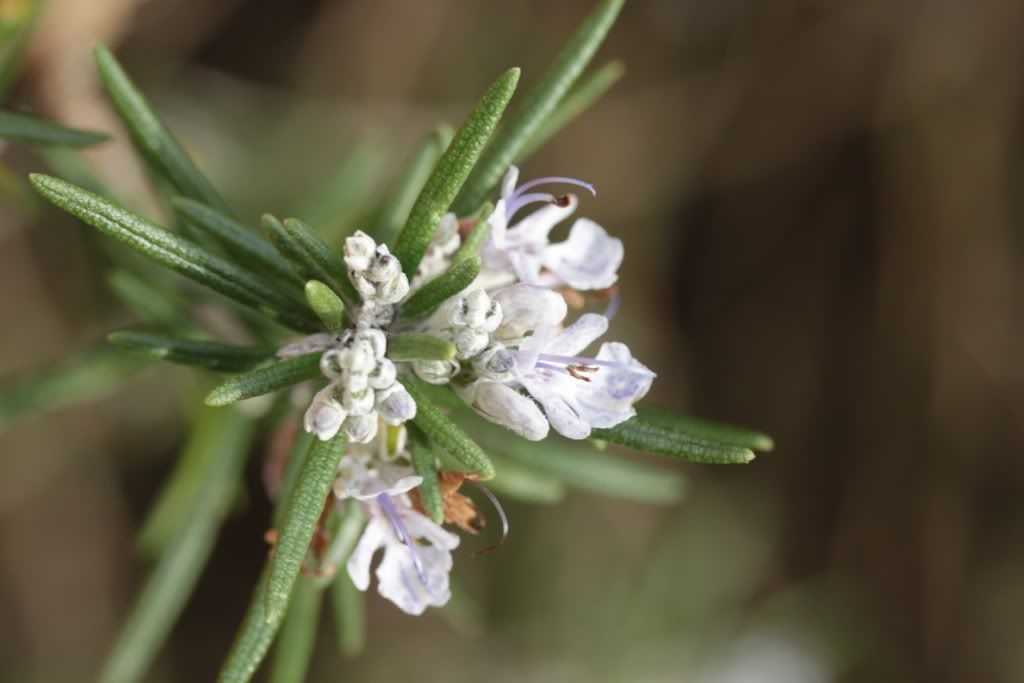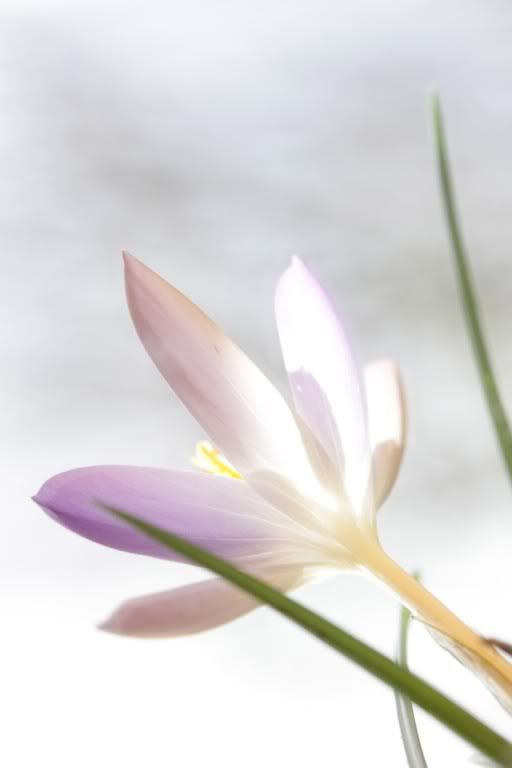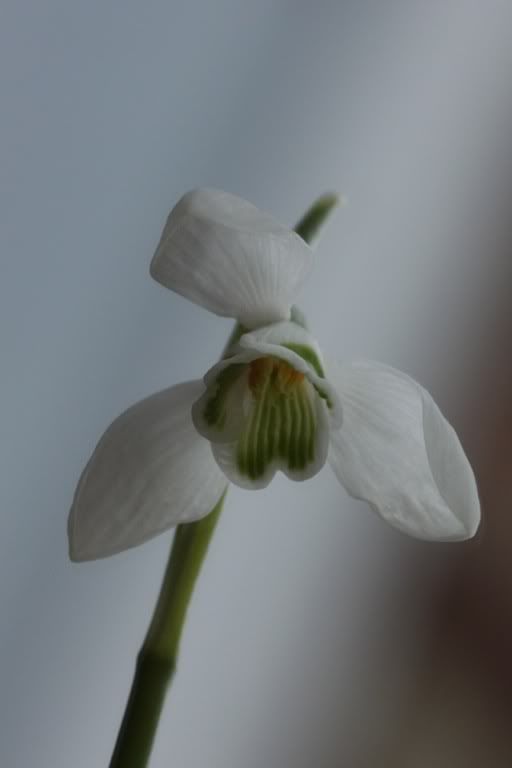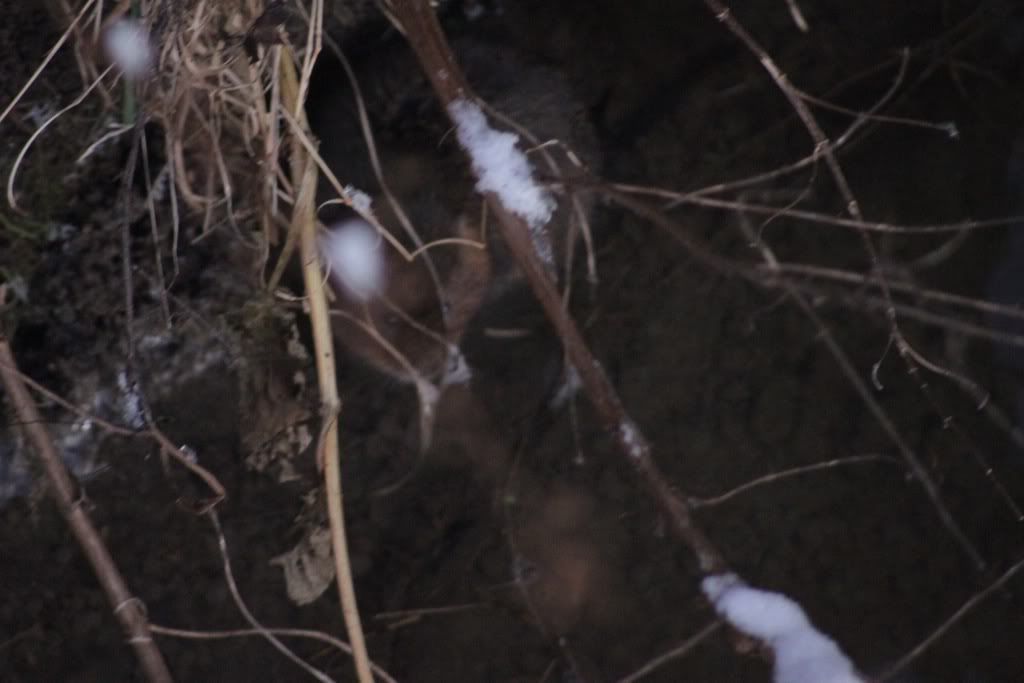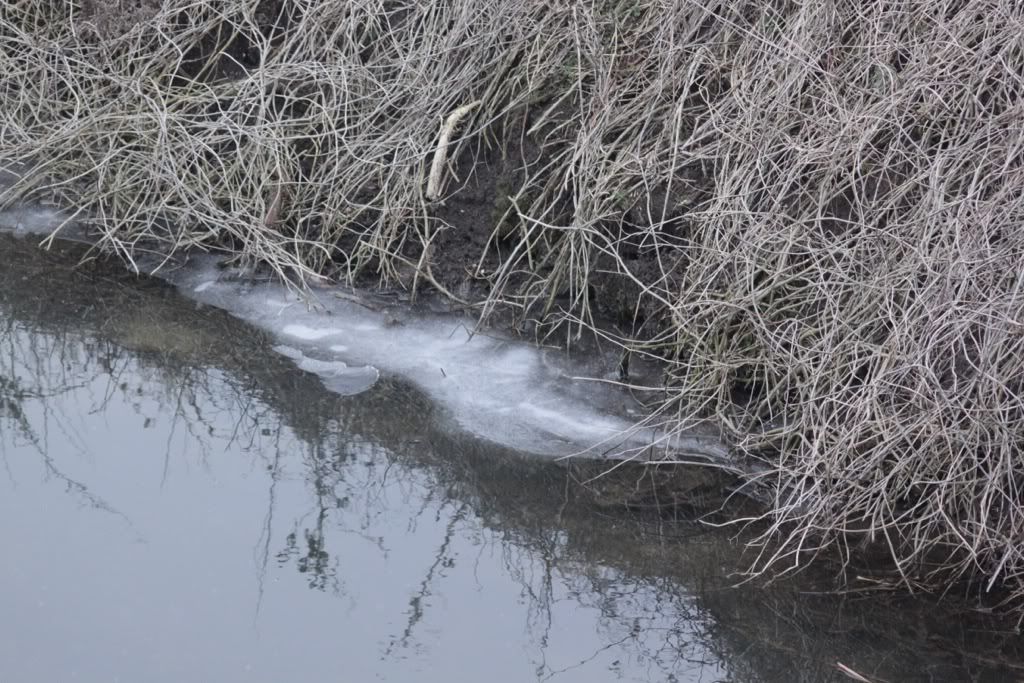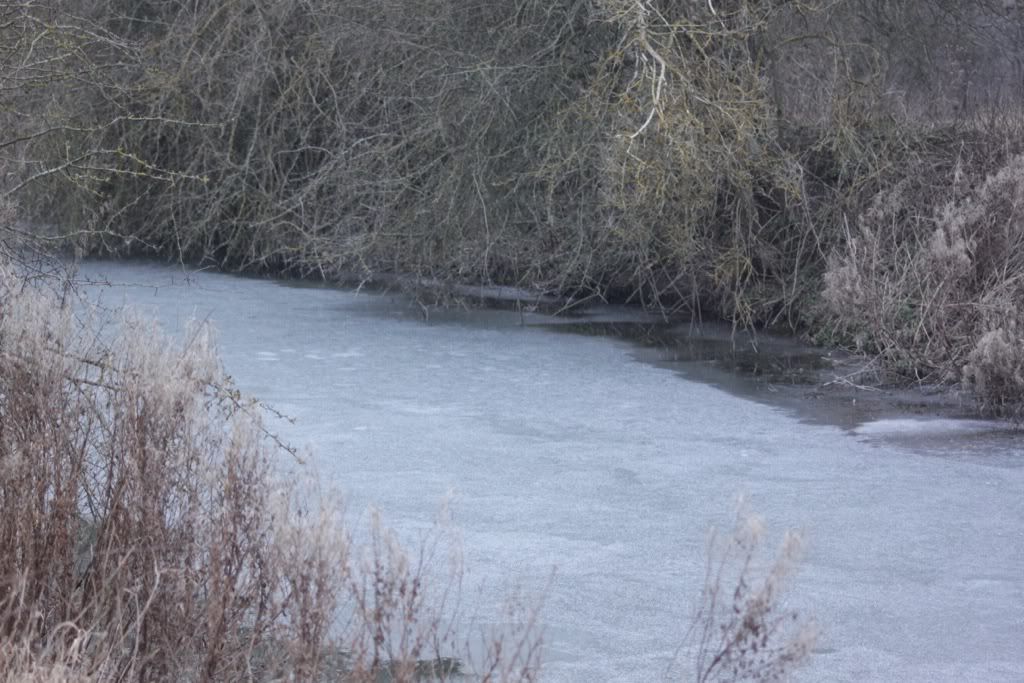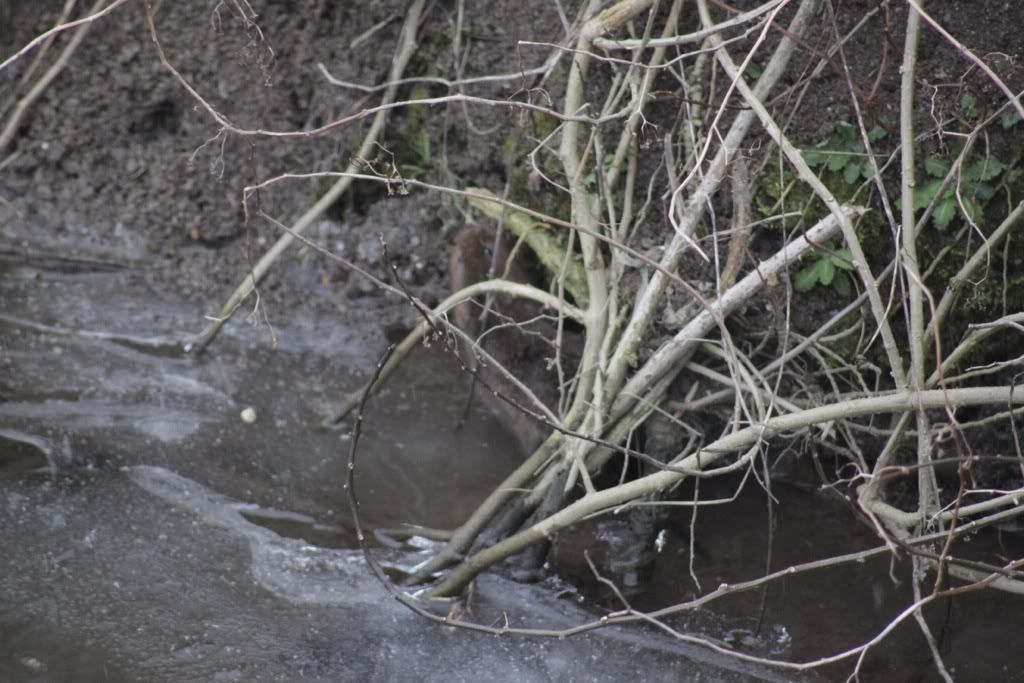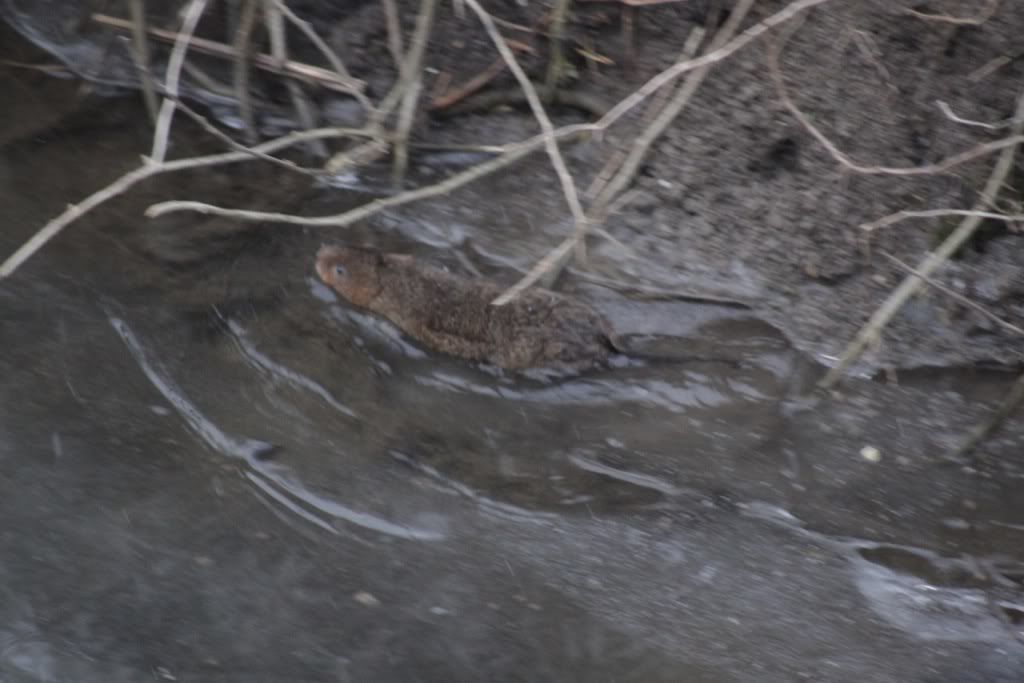In what now seems like an annual pilgrimage, in early spring we head down the A34 to Newbury to Welford Park.
The house, built on the grounds of an old monastery, maintained by the monks of Abingdon before dissolution, is an impressive building:
.
.
And so is the church, one of only two round spired churches in Berkshire:
.
.
But what people flock here in their thousands to see is the snowdrops, unlike Waterperry gardens, what it lacks in varieties (most of the snowdrops are galanthus nivalis - the most common in England), in makes up in quantity. The drive leading up to the house contains several thousand:
.
.
But it is a the beech woods which is by far the most impressive, containing several million snowdrops. It is probable these were introduced by the monks who returned from Europe who used them to decorate the monastery and use it for medical treatments.
.
.
Although the monastery is long gone, the legacy of the monks lives on in what must be one of Berkshires most impressive natural sights.
.
.
It is not just the several millions of snowdrops, the monks legacy also lives on in modern medical research, as snowdrops are being used into a possible treatment for Alzheimers: http://www.sciencedaily.com/releases/2009/12/091220175319.htm
Wildlife and other things of interest on and around the river Ock in south Oxfordshire
Monday 27 February 2012
Sunday 19 February 2012
Yet more Snowdrops
Today was part of Waterperry Gardens snowdrop weekend, an opportunity to see some of the many different varieties and to learn more about snowdrops and the gardens on one of several guided walks (there is another snowdrop weekend next week).
This variety is known as 'curly' and is a natural hybrid, only recently discovered in the 1960's. It is one of the varieties (along with Sam Arnott) and has a strong honey smell.
.
This one, with the green tips on the tepals (outer petals) is a Galanthus nivalis 'Viridapice' and is another natural hybrid, discovered in Holland in the 1920's and subsequently introduced into the UK:
.
.
Most snowdrops have single flowers, but some varieties have double flowers, like this Galanthus nivalis 'flore pleno'.
Double flowered snowdrops are not capable of producing seeds, however, when they are cross pollenated (either naturally by insects or by people) with single flowered snowdrops the resulting seed will produce a double flower.
.
.
Snowdrops are not native to the UK, having been introduced initially in the roman times and now with an ever increasing number of breeders and collectors (known as Galanthophiles) the popularity and number of species is likely to increase. Especially with a record price of £725 recently being paid for a single bulb: http://www.dailymail.co.uk/news/article-2102136/Green-Tear-snowdrop-looks-glum-rival-Scottish-Elizabeth-Harrison-expensive-bulb-sold.html
But the ever increasing popularity of snowdrops is having unexpected consequences in their native countries.
Over harvesting in countries like Georgia could result in many species becoming extinct in the wild. A research project between Kew Gardens and Microsoft Ecology is looking to demonstrate how a sustainable trade in snowdrops can benefit the local population whilst maintaing sufficient populations in the wild: http://www.kew.org/news/sustainable-snowdrop-trade.htm
This variety is known as 'curly' and is a natural hybrid, only recently discovered in the 1960's. It is one of the varieties (along with Sam Arnott) and has a strong honey smell.
.
This one, with the green tips on the tepals (outer petals) is a Galanthus nivalis 'Viridapice' and is another natural hybrid, discovered in Holland in the 1920's and subsequently introduced into the UK:
.
.
Most snowdrops have single flowers, but some varieties have double flowers, like this Galanthus nivalis 'flore pleno'.
Double flowered snowdrops are not capable of producing seeds, however, when they are cross pollenated (either naturally by insects or by people) with single flowered snowdrops the resulting seed will produce a double flower.
.
.
Snowdrops are not native to the UK, having been introduced initially in the roman times and now with an ever increasing number of breeders and collectors (known as Galanthophiles) the popularity and number of species is likely to increase. Especially with a record price of £725 recently being paid for a single bulb: http://www.dailymail.co.uk/news/article-2102136/Green-Tear-snowdrop-looks-glum-rival-Scottish-Elizabeth-Harrison-expensive-bulb-sold.html
But the ever increasing popularity of snowdrops is having unexpected consequences in their native countries.
Over harvesting in countries like Georgia could result in many species becoming extinct in the wild. A research project between Kew Gardens and Microsoft Ecology is looking to demonstrate how a sustainable trade in snowdrops can benefit the local population whilst maintaing sufficient populations in the wild: http://www.kew.org/news/sustainable-snowdrop-trade.htm
Saturday 18 February 2012
Spring in the Garden?
The snow has now melted and thanks to a warm sun the temperature has risen to 10 degrees, as a result, some of the plants in the garden have started to flower, giving the garden an almost spring like feel.
One of the earliest was the winter aconite, an none native member of the buttercup family which can found in many gardens and woodlands throughout the UK.
.
The cyclamen has also been in bloom for a while, it is the first time it has flowered and apparently the flowers can last for several months.
The behaviour of the birds has also changed, the blackbirds seem to have paired up and are chasing off other garden birds and the solitary dunnock seems to have acquired a partner and can be seen checking possible nesting sites - when they are not being chased off by the blackbirds.
One of the earliest was the winter aconite, an none native member of the buttercup family which can found in many gardens and woodlands throughout the UK.
.
The cyclamen has also been in bloom for a while, it is the first time it has flowered and apparently the flowers can last for several months.
.
.
The rosemary bush has been producing small flowers for most the year and is one of the most popular with the bees when they emerge from hibernation.
The flowers are quite small, but up close they have the elegance of an orchid.
.
.
Several varieties of crocus are also in bloom, including this purple crocus:
.
.
Most of the snowdrops are now in bloom, including this non native hybrid - Galanthus Sam Arnot' - purchased from Waterperry Gardens.
.
.The behaviour of the birds has also changed, the blackbirds seem to have paired up and are chasing off other garden birds and the solitary dunnock seems to have acquired a partner and can be seen checking possible nesting sites - when they are not being chased off by the blackbirds.
Sunday 12 February 2012
Winter water voles
The temperature on early Saturday morning dropped to about -9 degrees centigrade (16 degrees fahrenheit) and never went above freezing throughout the day and fridays snow was still on the ground
Even so, the water voles were still about, this one nibbling on the dead sticks sticking out of the snow
.
.
Possibly the same water vole seen last week, but the population is more than just this one, as this another appeared ten minutes later on the opposite bank.
It's good to see, that despite the weather, this most endearing of animals is still surviving along the river - especially when all they have to eat is dead sticks.
.
Even so, the water voles were still about, this one nibbling on the dead sticks sticking out of the snow
.
.
Possibly the same water vole seen last week, but the population is more than just this one, as this another appeared ten minutes later on the opposite bank.
It's good to see, that despite the weather, this most endearing of animals is still surviving along the river - especially when all they have to eat is dead sticks.
.
Saturday 11 February 2012
More snow and footprints
Another snowfall provided an opportunity for a scenic walk along the Ock Valley Walk on Friday:
.
The most common are domestic dogs, these are usually larger than the fox prints, but the most obvious evidence that they are dogs not foxes is there are human footprints next to them:
.
.
The thrushes and blackbirds also leave obvious footprints:
.
.
These hoofed mammal (ungulate) prints almost certainly belong to one of the increasing number of muntjac deer who can be seen along the river Ock.
.
.
.
.
Like the previous week's snowfall it presented an opportunity to look for animal footprints to try and work out what had been around in the early hours and the morningThe most common are domestic dogs, these are usually larger than the fox prints, but the most obvious evidence that they are dogs not foxes is there are human footprints next to them:
.
.
The thrushes and blackbirds also leave obvious footprints:
.
.
These hoofed mammal (ungulate) prints almost certainly belong to one of the increasing number of muntjac deer who can be seen along the river Ock.
.
Sunday 5 February 2012
Snow
Unlike some parts of the country, the snow in Abingdon wasn't deep, in fact the fields in south Abingdon had only a slight covering:
.
.
But there is enough snow for any animals that ventured out during the night or early morning to leave their marks.
The most obvious footprints and certainly the most common are rabbits:
.
.
In places, the rabbit footprints are crossed by another animal, it appears to have four toes (ruling out badgers or otters, who have five) and the lack of human footprints nearby mean it is probably not a domestic dog, making the most likely suspect a fox.
The lack of blood stained snow means the fox and rabbit probably didn't meet each other.
.
.
The fields are not the only place to find footprints, the frozen parts of the river also contain evidence of animals, in many places moorhen footprints criss cross the ice.
.
.
.
But there is enough snow for any animals that ventured out during the night or early morning to leave their marks.
The most obvious footprints and certainly the most common are rabbits:
.
.
In places, the rabbit footprints are crossed by another animal, it appears to have four toes (ruling out badgers or otters, who have five) and the lack of human footprints nearby mean it is probably not a domestic dog, making the most likely suspect a fox.
The lack of blood stained snow means the fox and rabbit probably didn't meet each other.
.
.
The fields are not the only place to find footprints, the frozen parts of the river also contain evidence of animals, in many places moorhen footprints criss cross the ice.
.
Saturday 4 February 2012
Ice
With the temperature not getting above zero for a few days it is not surprising that ice has started to form on the slower parts of the river:
.
.
And in some places most of the river is covered in ice.
.
.
Although it is bleak and cold, life - as always, carries on along the river. Like this intrepid water vole swimming between the ice and the bank.
.
.
With the cold spell set to continue and heavy snow forecast for tomorrow, life is only going get harder for the animals who live in and next to the river.
.
.
And in some places most of the river is covered in ice.
.
.
Although it is bleak and cold, life - as always, carries on along the river. Like this intrepid water vole swimming between the ice and the bank.
.
.
With the cold spell set to continue and heavy snow forecast for tomorrow, life is only going get harder for the animals who live in and next to the river.
Subscribe to:
Posts (Atom)






